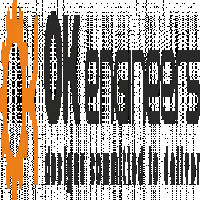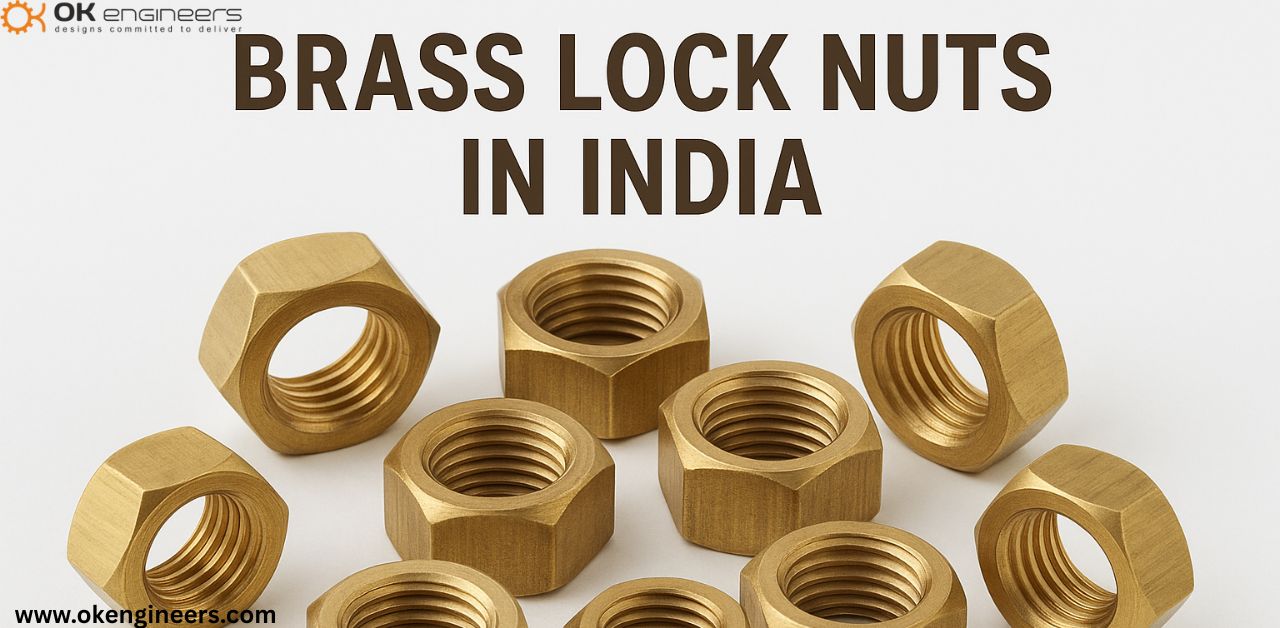Exploring the Essential Role of Copper Components in Modern Industries

Strong 8k brings an ultra-HD IPTV experience to your living room and your pocket.
Introduction
Copper has long been a vital material in industries around the world, prized for its excellent conductivity, malleability, and resistance to corrosion. Its versatility allows it to be used in a wide array of applications, from electronics and plumbing to transportation and renewable energy. Copper Components, in particular, have become indispensable in various sectors, delivering superior performance across a range of products and systems.
This blog delves into the significance of copper components in modern industries, exploring their key features, applications, and the future outlook for this essential material.
The Properties That Make Copper Ideal for Industrial Components
Copper boasts several inherent qualities that make it an ideal material for manufacturing components:
High Electrical Conductivity: Copper is one of the most conductive metals, second only to silver. Its ability to efficiently transfer electricity has made copper components critical in electronics, power generation, and electrical wiring systems.
Thermal Conductivity: The metal’s excellent thermal conductivity makes copper components a top choice in heat exchangers, radiators, and other applications where temperature regulation is crucial.
Corrosion Resistance: Copper is highly resistant to corrosion, making it suitable for environments where moisture, air, and chemicals may degrade other materials. This resistance ensures the durability of copper components used in plumbing and outdoor applications.
Malleability and Ductility: The malleability of copper allows it to be easily shaped into complex forms without breaking, which is essential for intricate copper components used in manufacturing.
Antibacterial Properties: Copper has inherent antimicrobial properties, making copper components popular in medical equipment, hospital surfaces, and even household products that require high hygiene standards.
Key Applications of Copper Components Across Industries
Copper components are used in a wide range of industries, each benefiting from the metal’s unique properties. Below are some of the most significant sectors that rely heavily on copper:
1. Electronics and Electrical Industry
One of the most prominent applications of copper is in electronics and electrical systems. Copper components are essential for creating efficient circuits, wires, and connectors. From household appliances to smartphones, copper forms the backbone of modern electrical devices.
Wiring and Cables: Copper’s high conductivity ensures minimal energy loss in power transmission, making it the preferred choice for wires and electrical cables.
Printed Circuit Boards (PCBs): Copper components are integral to PCBs, the core of nearly all electronic devices, ensuring proper connectivity and functionality of the system.
2. Automotive Industry
As the automotive industry shifts towards electric vehicles (EVs), the demand for copper components has soared. Copper’s ability to efficiently conduct both electricity and heat makes it ideal for use in electric motors, battery connectors, and charging stations.
Electric Motors: EVs require large amounts of copper for electric motors, which rely on copper components for efficient energy transfer.
Battery Components: The performance of lithium-ion batteries, widely used in EVs, is enhanced by the use of copper components for terminals and connectors.
3. Plumbing and HVAC Systems
Copper has been used in plumbing for centuries, and copper components continue to play a critical role in modern plumbing systems. Its resistance to corrosion, durability, and antimicrobial properties make copper the material of choice for water supply systems and heating, ventilation, and air conditioning (HVAC) systems.
Pipes and Tubing: Copper piping is highly durable, with the ability to resist corrosion and withstand high pressure, making it perfect for both residential and industrial water systems.
Heat Exchangers: In HVAC systems, copper components like heat exchangers ensure efficient thermal conductivity, allowing for effective heating and cooling.
4. Telecommunications
With the rise of digital communication, copper components continue to be vital in the telecommunication infrastructure. Copper wiring is still used in many broadband networks, especially in developing regions where fiber optic installations are not yet widespread.
Copper Cabling: Telecommunications rely on copper for data transfer over long distances. Copper components like coaxial cables and twisted pairs remain an economical and efficient choice for networks.
5. Renewable Energy
The renewable energy sector, especially solar and wind power, heavily depends on copper components. Copper’s role in generating and transmitting renewable energy cannot be overstated.
Solar Panels: Solar panel manufacturers use copper components for wiring and connectors because of their ability to conduct electricity efficiently and resist harsh environmental conditions.
Wind Turbines: In wind turbines, copper components are critical for generators and power converters, ensuring maximum energy efficiency.
The Future of Copper Components in Industry
The demand for copper components is expected to grow exponentially in the coming years, driven by advancements in technology and sustainability initiatives. Here are some trends that highlight the future importance of copper:
1. Growth in Electric Vehicles (EVs)
With global efforts to reduce carbon emissions, the automotive industry is rapidly transitioning towards electric vehicles. Since EVs require significantly more copper than traditional gasoline-powered cars, the demand for copper components in this sector is set to increase sharply. Each EV is estimated to use approximately 183 pounds of copper, particularly for its motor and battery system.
2. Expansion of Renewable Energy
Governments and corporations are investing heavily in renewable energy projects to meet sustainability goals. Solar and wind energy systems, which both require substantial amounts of copper for efficient power generation and transmission, will further drive the demand for copper components.
3. Advancements in 5G and IoT Technologies
As 5G networks and the Internet of Things (IoT) expand globally, the need for reliable and fast data transfer will intensify. Copper components will play a crucial role in the wiring and connectivity infrastructure required to support these new technologies.
4. Green Building Initiatives
Sustainability is also influencing the construction industry, with a growing focus on green building materials. Copper components are not only durable and efficient but also fully recyclable, making them an excellent choice for eco-friendly construction projects.
Conclusion
Copper components have cemented their place in modern industries, from electronics to renewable energy, due to their unmatched conductivity, durability, and versatility. As technology advances and global demand for energy-efficient and sustainable solutions grows, the significance of copper in manufacturing components will only increase. The future of copper components is bright, with expanding applications in emerging technologies and a focus on building a greener, more connected world.
Whether you’re in the automotive, energy, or electronics sector, understanding the potential of copper components can unlock new opportunities for innovation and efficiency in your industry.
Note: IndiBlogHub features both user-submitted and editorial content. We do not verify third-party contributions. Read our Disclaimer and Privacy Policyfor details.







